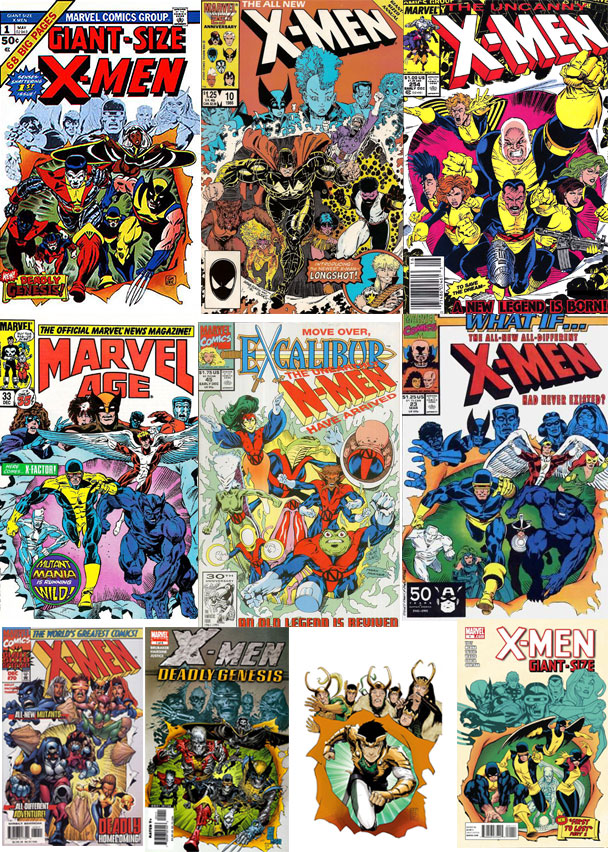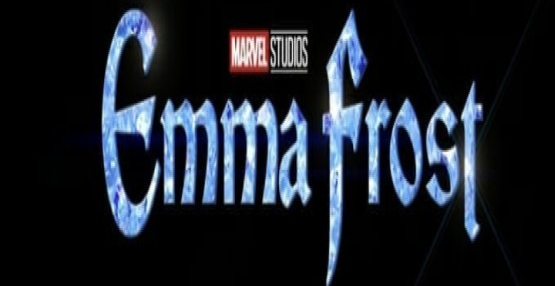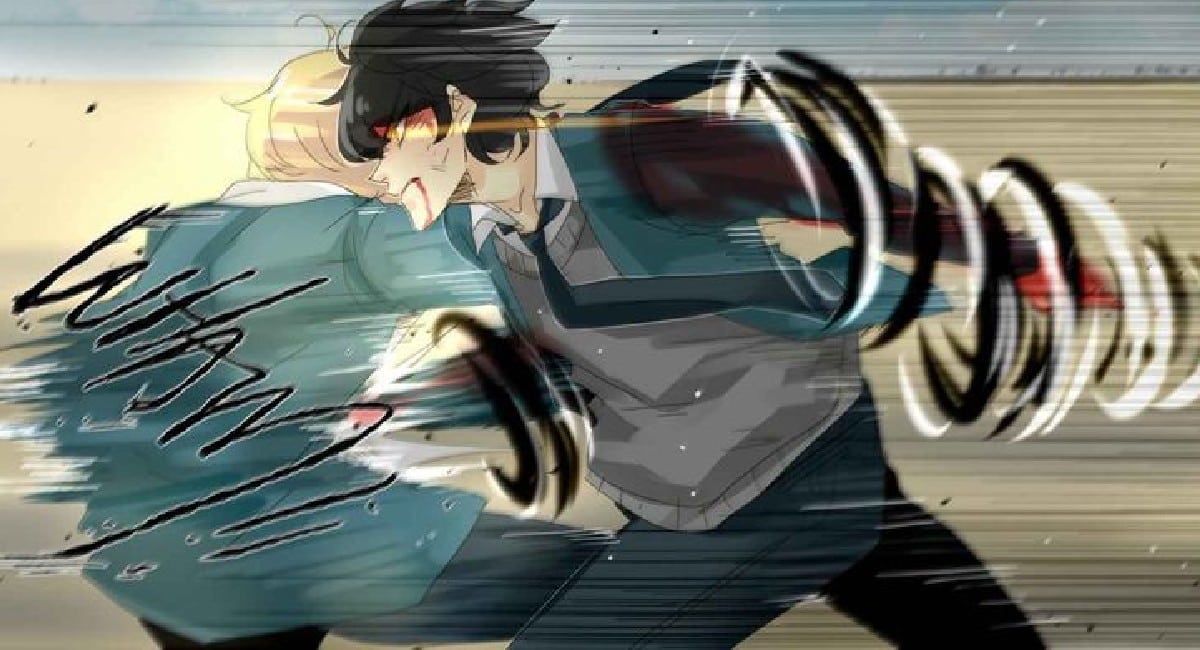Tegan O'Neil | July 15, 2025
Ladies, friends, hangers-on — I ask you, please, a round of applause for Mr. Michael DeForge! Fresh from >checks note< is that right, a sailboat ride around the world? No? No sailboat? Aww, no sailboat. Just a book.
Just a book. Just a book! A new book from Mr. Michael DeForge! That certainly counts for something in this fallen world, no?
Michael DeForge knows how to make an interesting looking page. He draws weird things weirdly, a description very close to the platonic ideal for any cartoonist. What his drawings lack is comfort. Where is warmth in his cosmos? Perhaps it must exist, circling a distant star as per Calvino. But it is gone from these precincts. The emotional temperature is frigid. What was his big breakout, again? The one about the ant colony? Ah, yes, yes. A hotbed of passion, our Michael.

Our book today is Holy Lacrimony, alluding to matters both romantic and melancholic. It’s a story about aliens, sadness, and longing, in roughly that order. Our protagonist is a sad-sack named Jackie. I say sad-sack because that’s the thrust of the book. Jackie is the saddest man in the world, and so he’s been chosen by the aliens to teach them how to be be sad. He’s not the most unfortunate, or stricken. The aliens even point out, his life isn’t that bad, but that doesn’t seem to matter. He’s just a miserable S.O.B. Of course he makes a living as a singer-songwriter.
The aliens have no conception of sadness, so they need to be taught. Negative emotions must be performed, sadness learned, passed on like a performance art. The first referent that popped into mind was Kafka’s Hunger Artist, that modernist avatar of misery. There’s something to that, I think, that gelid emotional texture, searching for a vocabulary to formalize the valorization of suffering. A contemporary quandary. The aliens have no need for Jackie’s music, mind you, they’re focused on the beauty of his life, composed of endless rounds of sobbing and wracked existential isolation.
These extraterrestrials appear to Jackie wearing the aegis of our world’s great icon of sadness, Munch’s “Scream,” albeit as interpolated by the Scream franchise of filmic shockers. Did you know they still make those? Wonders never cease under heaven. DeForge gets a lot of work out of that old warhorse of a design: look at the cover, near a hundred variations of the weeping mask lifting into space to meet the mothership, a great alien maw festooned with jagged teeth with a flickering spar for a tongue. When the alien come for you that tongue winds down to your forehead stinger-first.
A rather sinister mechanism, without a doubt, designed by creatures without concern for the comfort of others. Indeed, when the aliens present themselves to Jackie they offer a catalogue of emotions experienced by human beings but not by their species: “grief, sorrow, despair, dread, malaise.” Which explains a lot about how they come across. They don’t necessarily seem like bad chaps, just weird.

So a fable — yes, that seems a good name for it, with a sci-fi motor under the hood. I wasn’t just namedropping Calvino and Kafka for my health, y‘know. Melancholy fabliaux with a speculative edge. Oft-unflattering magnifiers applied like diagnostics to fundamentally sick societies.
The book leaves space behind in the second half, after Jackie’s return from his stay among the aliens. He returns to the world and falls in with a support group for fellow UFO abductees, among whom certain devotees appear to claim more authentic experiences than others. The ubiquitous cultural presence of the “Greys” is broached. That’s the archetypal image of alien life in America since at least the late '80s, when Whitley Striber’s Communion popularized what was already a fairly robust vein of folk culture, later cemented in pop memory by recurring appearances on The X-Files in the '90s. The popularity of UFO abduction stories rose alongside the “Satanic Panic,” both longstanding and enduring eruptions of social paranoia that found distressingly solid purchase in the Reagan years. The “little green men” of the 1950s and '60s — great bugbears of the early atomic age — were supplanted by thin naked grey weirdos living an ascetic and unsettling life out there in the great unknown.
You could at least have a conversation with the little green men. The Greys just want to stick probes in people. And you know, the weird thing is, those elongated blank faces, with the warped features and those huge insectoid eyes, they kind of look like ... oh yeah, there’s Edvard Munch. What an interesting progression! Someone should make a comic book about about just that fascinating evolution of cultural iconography.
So just what are these kinds of visitation fantasies, as expressed on both the individual and the cultural level? Expressions of the inexpressible, wellsprings of deep anxiety, fear, and grief — all those wonderful emotions the space aliens can’t understand. The fact that Jackie isn’t actually suffering all that much from the position of material neglect or personal struggle is crucial to the point here. He’s sad because he’s part of a culture that encourages and provides ample infrastructure for recreational sadness. That’s what we look like to the space aliens, apparently. Makes sense.

There’s a romantic twist at the end, a knife-twist of melancholy that I won’t give away because it’s actually quite a fine ending. I’d hate to rob you of the pleasure of that last slipknot of an O’Henry twist at the book’s conclusion. In the end its all about loneliness, multiple people trying to find connection and only pushing others away because ... well, because despite our loneliness we’re all also constantly living out that other great modern fable, the scorpion and the frog. We find ways to keep each other miserable because it’s how we’re put together, and the aliens just aren’t gonna get that.
It’s resonant. I read it about a week ago and in the time needed to gather my thoughts those thoughts matured alongside the story ripening in my brain. For all his skill as an artist Michael DeForge is no slouch as a storyteller, either. As I’ve observed previously, DeForge’s secret weapon as a cartoonist is that he has a good ear for prose, which only sounds like an insult if you don’t actually read the words in those little balloons. So who knows! He might have a future in prose fiction if this comics thing doesn’t pan out. For a fable this hangs together quite well, a story about love that manages to exist almost entirely in the absence of love, an expression of grief absent tragedy. That empty core is crucial to DeForge, a generative frost across the whole of the oeuvre.
It’s nice to imagine that the aliens are going to arrive in shining saucers and present themselves at the base of tidy gangplanks. Maybe the aliens are even going to want to get down to business on serious matters of engineering and physics. Or maybe they’re just going to be true sickos touring the universe in search of that true sicko shit. Perhaps the most human motivation of all.



















 English (US) ·
English (US) ·